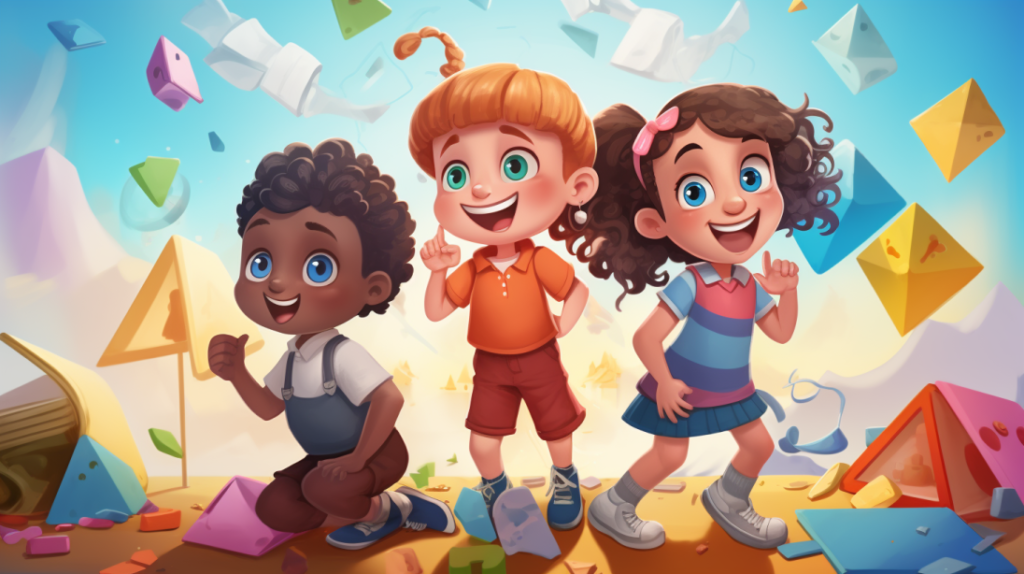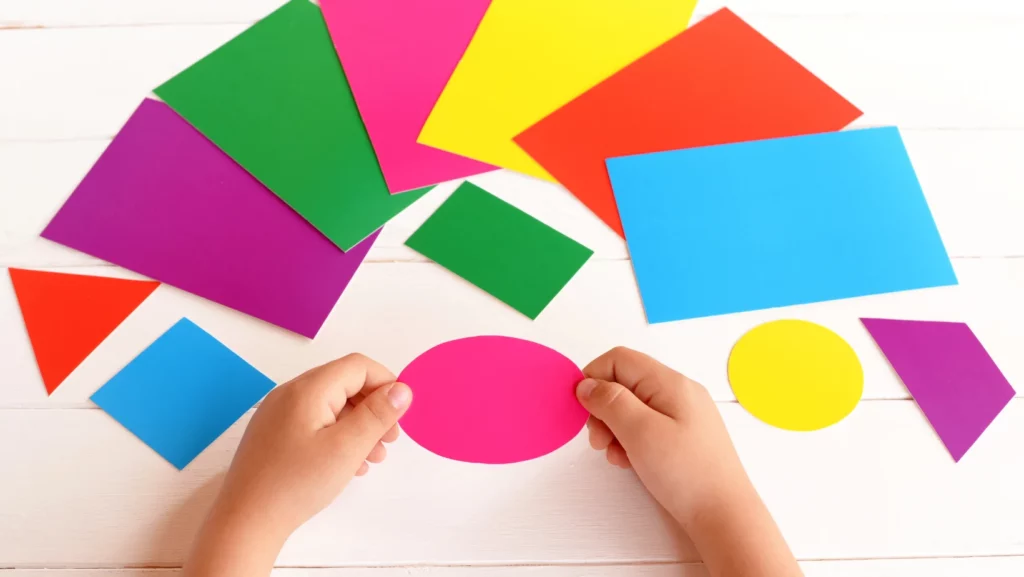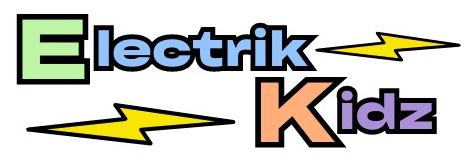
When it comes to learning, children have boundless curiosity. They explore their world by observing and touching everything around them, soaking up new experiences from the people they encounter. One of the first concepts kids learn about is shapes and colors; we use these fundamentals daily to identify objects in our lives. In this article, we’ll take an in-depth look at techniques for teaching children colors and shapes that you can use at home with simple materials.
Are you looking for an Effective way to Teach your Kids about Colors and Shapes?
Colors and Shapes help teach children the world around them interactively. It helps young learners recognize their world by teaching them how to identify basic colors and shapes. This comprehensive guide provides a structured foundation for learning that builds upon existing knowledge at every step.
With Colors and shapes, you can easily engage young minds with delightful materials that make learning exciting. Knowing how to identify different objects according to color or shape develops essential life skills in children, allowing them to think more deeply and better understand their environment.
Keep reading and learn fun ideas to teach your kids about colors and shapes!
Introducing Colors and Shapes to Kids – Why It’s Important?
By introducing colors and shapes to our kids, we provide them with the foundations for success. Not only does it help them visually identify objects such as their toys or a book, but it teaches them how to differentiate between sizes and shapes in the real world.
Learning these skills forms an essential part of the following:
- Problem-solving and critical thinking.
- Numeracy and artistic pursuits.
- Spatial awareness and visual recognition.
- Teamwork and cooperation.
Introducing colors and shapes to children at an early age is important. This helps them develop the necessary skills and understanding for success in their future education, career, and life.
Teaching Colors and Shapes: How to Get Started?

When teaching colors and shapes, it is important to remember that each child develops at their own pace. Therefore, start with the basics and focus on what your child can comprehend instead of trying to teach a subject they may be unprepared for.
Here are some tips you can use when introducing colors & shapes:
- Start with familiar colors and shapes. Identify simple objects for your child to recognize, such as a red car or a blue ball.
- Use language that is appropriate for their age level. Try explaining colors using more sensory-based words like “dark” or “light” instead of simply pointing out the color by name.
- Incorporate fun activities into your teaching. Have them draw or paint pictures of different shapes and colors or use colorful blocks to help them gain a better understanding.
- Use storybooks to introduce new concepts. Visually appealing stories can be used as an effective way to teach children about colors & shapes at their own pace.
- Encourage independent thinking. Ask your child questions about the colors and shapes they are seeing so that they can practice making connections on their own.
- Give positive reinforcement. Celebrate every step of progress to keep children motivated and engaged in learning.
Learning colors & shapes is a great way to introduce young minds to the world around them interactively. With the right tools, you can help children gain the skills they need to succeed.
Fun Activities to Teach Kids About Colors and Shapes
Once your child understands the basics of colors & shapes, there are many fun activities you can do to help them further explore their world.
Here are some ideas for teaching colors & shapes through hands-on activities:
- Play shape sorting games- Cut out simple shapes and have your child sort them into the correct categories.
- Draw shapes in the sand or dirt – Have your child use their fingers to draw different shapes in a sandbox or on the ground.
- Use food items for coloring & shape activities – Cut fruits and vegetables into different shapes, then ask your kids to help make a salad!
- Go on a scavenger hunt – Write down a list of different colors & shapes for your child to look for while on a nature walk or at the park.
- Make a color wheel – Create a giant spinning wheel with all the colors and encourage your kids to spin it around and identify each color as it whizzes.
Frequently Asked Questions About Colors and Shapes: Teaching Kids to Recognize Their World
Q: How early should I introduce colors and shapes to my child?
A: The earlier you start teaching your children the basics of colors & shapes, the better. Start as soon as they can recognize simple objects and build up from there.
Q: What is the most effective way to teach colors and shapes?
A: The most effective way to teach kids about colors & shapes is through hands-on activities. Use engaging materials such as storybooks, puzzles, or blocks to create a fun learning environment.
Q: How can I help my child remember the names of different colors and shapes?
A: Repetition is key! Keep practicing until your child can name colors & shapes confidently.
Conclusion
Learning about colors and shapes helps kids understand more of the world around them. Whether identifying their favorite fruits and vegetables at the grocery store, sorting items to the right bin for recycling, or recognizing a street crossing sign, the knowledge of these basic concepts will stay with them throughout their life.
By engaging children through play, using concrete objects for them to interact with, and connecting what they learn to everyday life tasks and situations, we can ensure our kids are prepared to navigate this ever-evolving world in a fun and safe way.
Subscribe to our email newsletter to get the latest posts delivered right to your email.

Comments